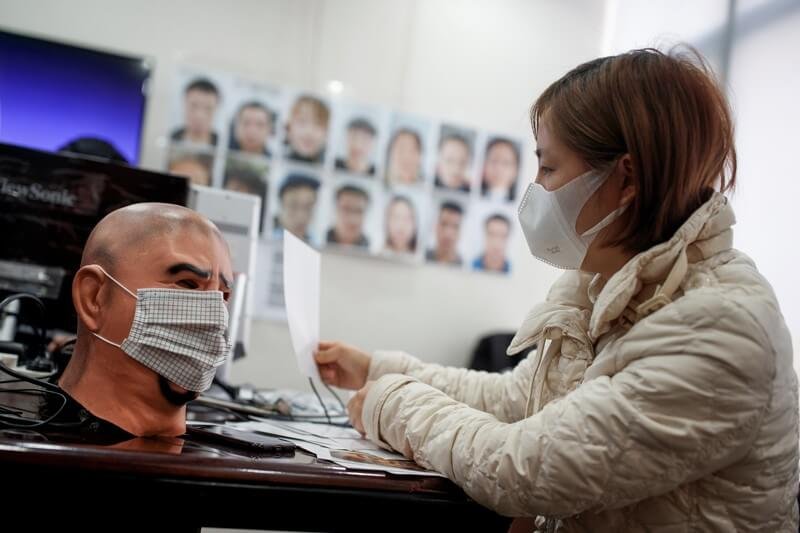Facial-recognition technology (FRT) has long been in use at airport borders and on smartphones, and as a tool to help police identify criminals. But it is now creeping further into private and public spaces. From Quito to Nairobi, Moscow to Detroit, hundreds of municipalities have installed cameras equipped with FRT, sometimes promising to feed data to central command centres as part of ‘safe city’ or ‘smart city’ solutions to crime. The COVID-19 pandemic might accelerate their spread.
…
But resistance is growing in many countries. Researchers, as well as civil-liberties advocates and legal scholars, are among those disturbed by facial recognition’s rise. They are tracking its use, exposing its harms and campaigning for safeguards or outright bans. Part of the work involves exposing the technology’s immaturity: it still has inaccuracies and racial biases. Opponents are also concerned that police and law-enforcement agencies are using FRT in discriminatory ways, and that governments could employ it to repress opposition, target protesters or otherwise limit freedoms.
Europe and the United States are now considering proposals to regulate the technology, so the next few years could define how FRT’s use is constrained or entrenched. “What unites the current wave of pushback is the insistence that these technologies are not inevitable,” wrote [legal scholar] Amba Kak.































